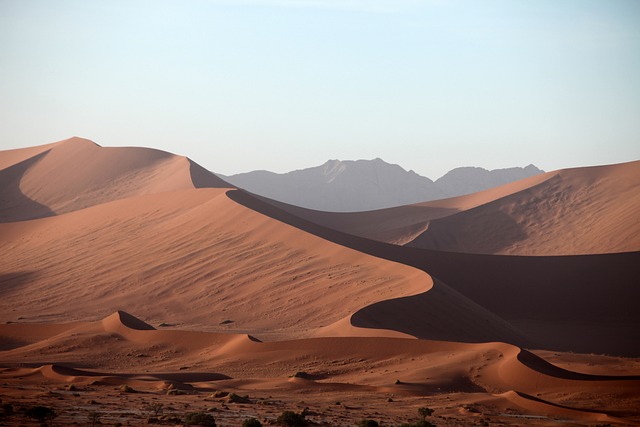Tag: Desert
-
Sahara Desert Facts For Kids | Hottest Desert Of The World
Sahara desert is the world’s hottest desert. The size of Sahara is almost equal to the size of China which makes it third biggest all over the world. It covers most of the area of Africa and extends from the Red Sea to the Atlantic Ocean. There are few sand dunes in Sahara that have…
Written by

-
Desert Facts For Kids
Desert Facts For Kids A desert is simply that part of the land which is dry and barren and that considerably lacks vegetation bearing low amount of vegetation. The water is lost in these regions through the process called evapotranspiration instead of falling as precipitation. The desert-dwelling plants are specifically adapted to such a little…
Written by

